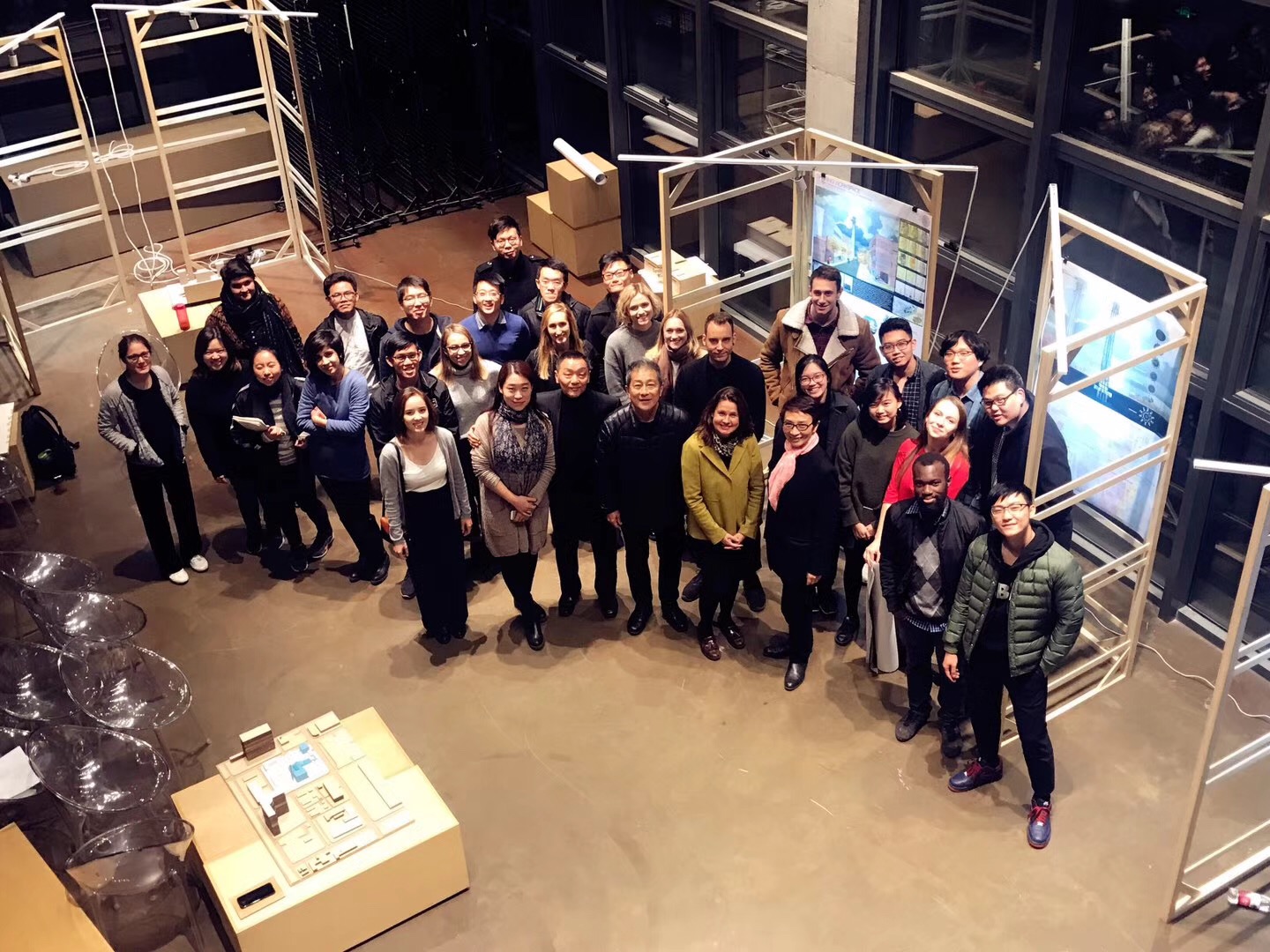Fall Studio I - Archi-Puncture
As part of the first year of the English Program Master of Architecture (EPMA) course, taught at Tsinghua University, the first studio revolves around ‘site’, and students work within a chosen site on the university campus. The studio focuses on locality and specificity of Architecture as routed within a site, and this site as embedded within an overall framework, analogue to the theories that underly Acupuncture.
Site & Acupuncture
All architecture is rooted within a specific site. This site creates conditions that influence the parameters of the architectural design. To understand this influence, it is fundamental to understand the system they spring from. There are various ways to integrally understand the conditions of site. The analogy with acupuncture is fascinating, as this traditional Chinese understanding defines the body as a balanced system with nodes, flows and pressure points. This concept is also applicable to the architecture one can see in the writings of Kevin Lynchʼs ʻSite Planningʼ regarding nodes, regions etc. as fundamental to understanding the framework of specific architectural interventions.
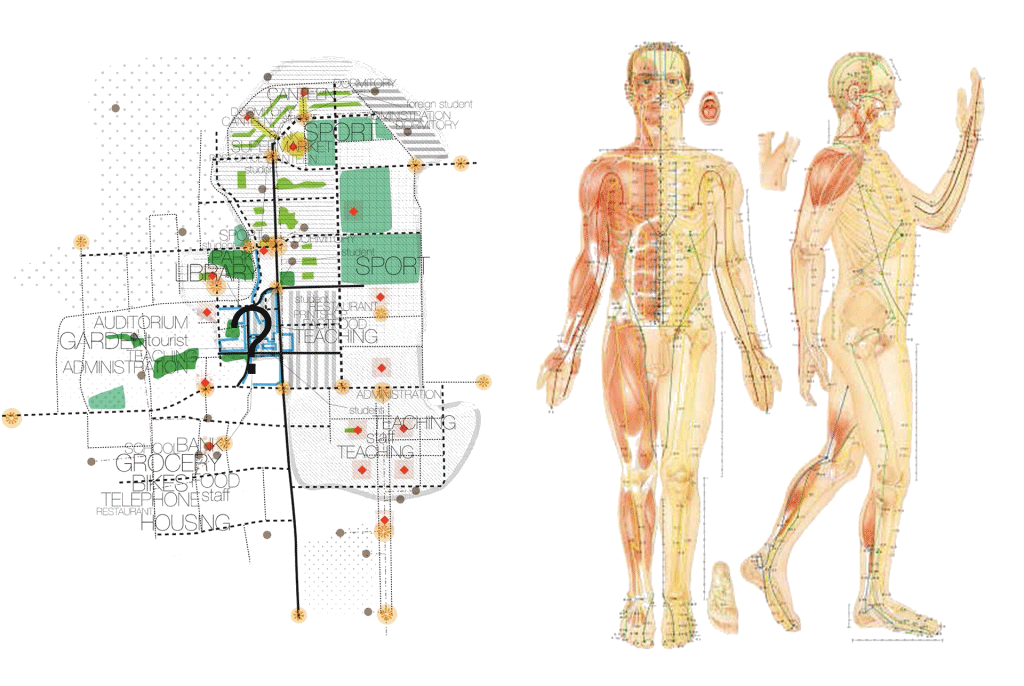
Between site and acupuncture
“Place implies significant added value to space. Space becomes place by the interpretation given to it. Place is warmth, the fire. Space is desire, an expectation of opportunities, outward facing, on the road, dynamic and open. A place is where you come home, to which you attach.”
– H Hertzberger
Architecture – Making Places
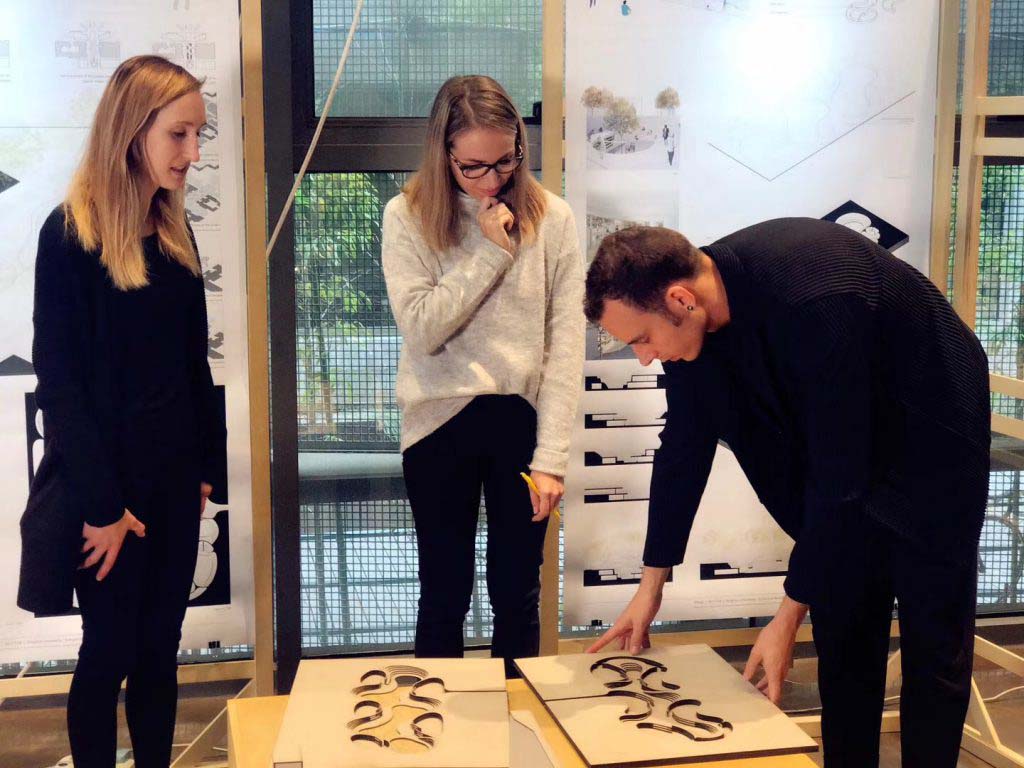
Review Feedback
Student Works
Martina & Lidia
Martina & Lidia’s project used the central spine of Tsinghua University green as its site condition. By adding a new student centre and public facilities to the campus, the project not only embeds itself into its urban fabric, but also embeds itself into the lives of the student body.
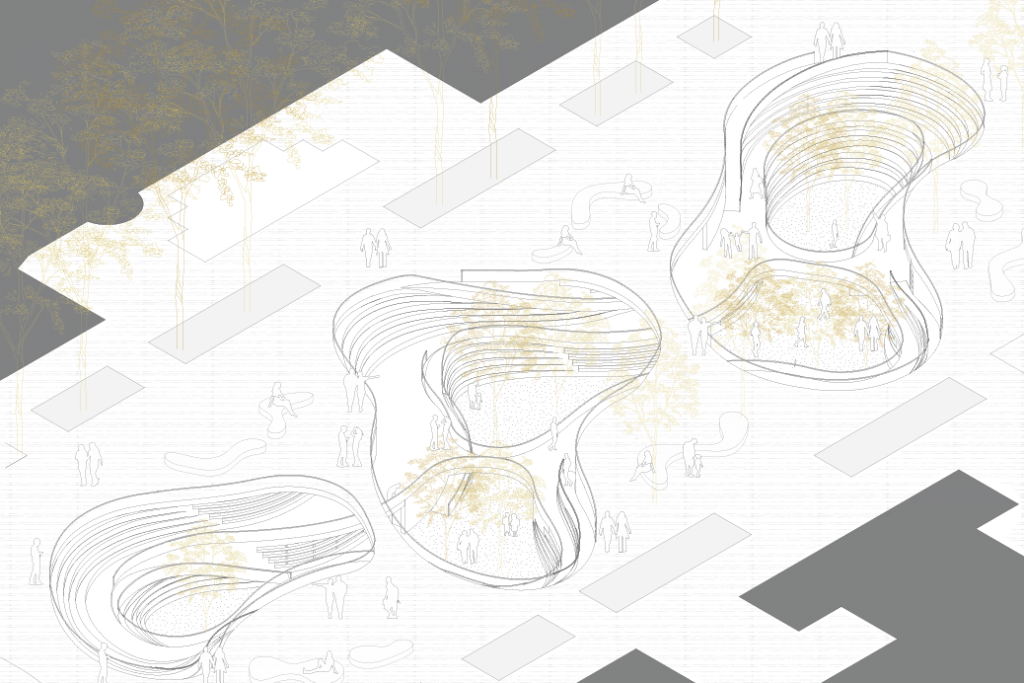

Ho Nam & Annika
Ho Nam & Annika’s project uses the existing canal running from the north of the Tsinghua to the south, as an opportunity to create outdoor public space for the campus. By celebrating an already existing natural resource on the campus, the project turns attention to the previously ignored canal.
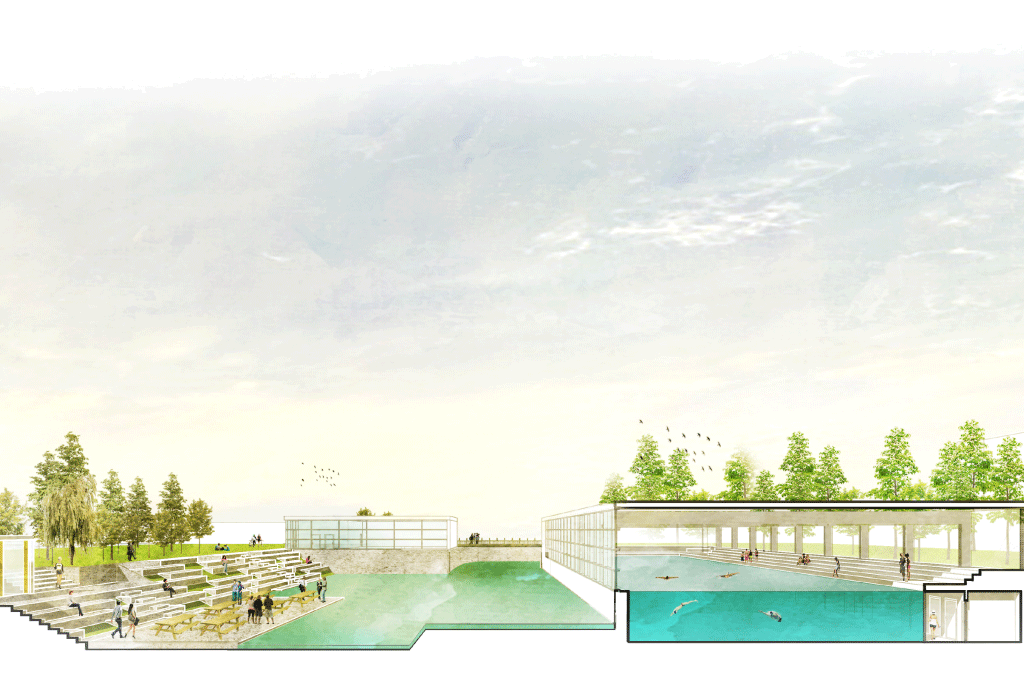

Oxana
Oxana’s project was situated along the central university spine in front of the university admissions building. It radically sinks a student centre below grade with a monumental sunken atrium, as a hidden counterpoint to the monumental administration building in front.
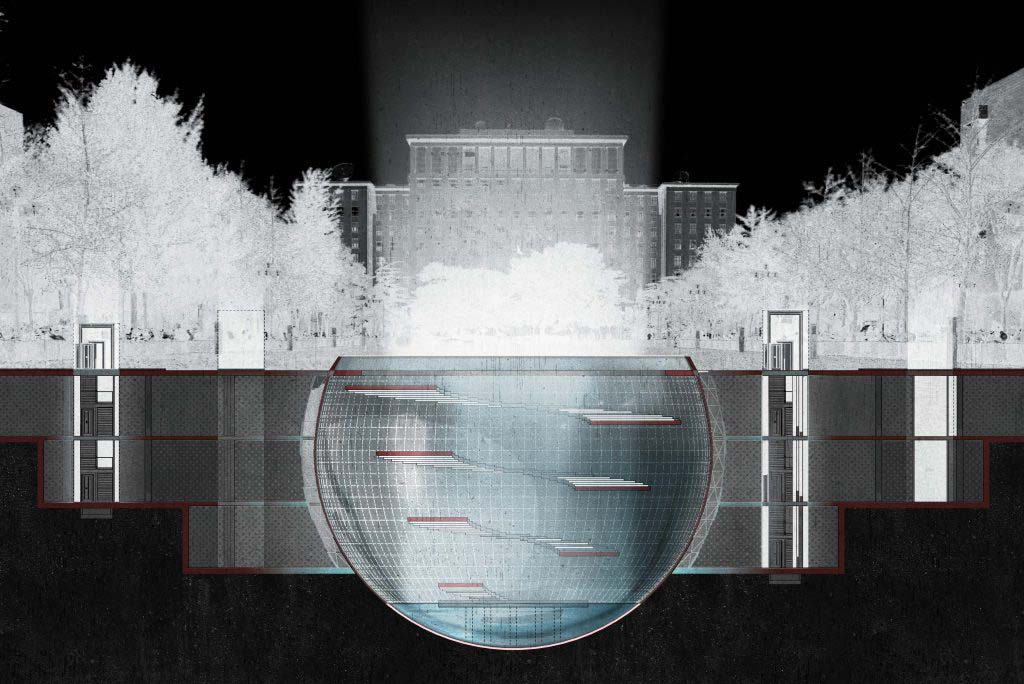
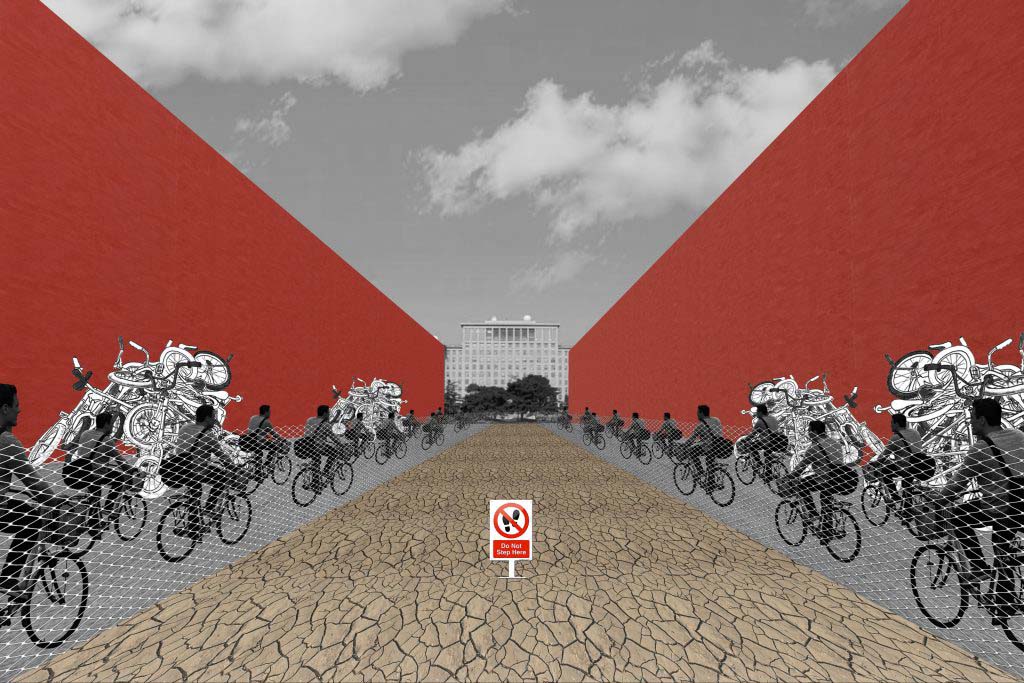
Permanent faculty: Professors Li Xiaodong, George Kunihiro, Martijn de Geus, Frank Fu, Fei Qing
Recent visiting faculty: Professors Alexander Tzonis, Amy Lelyveld, Isabelle Cyr, Xu Weiguo, Tom Verebe, Eva Castro & Terrence Curry
